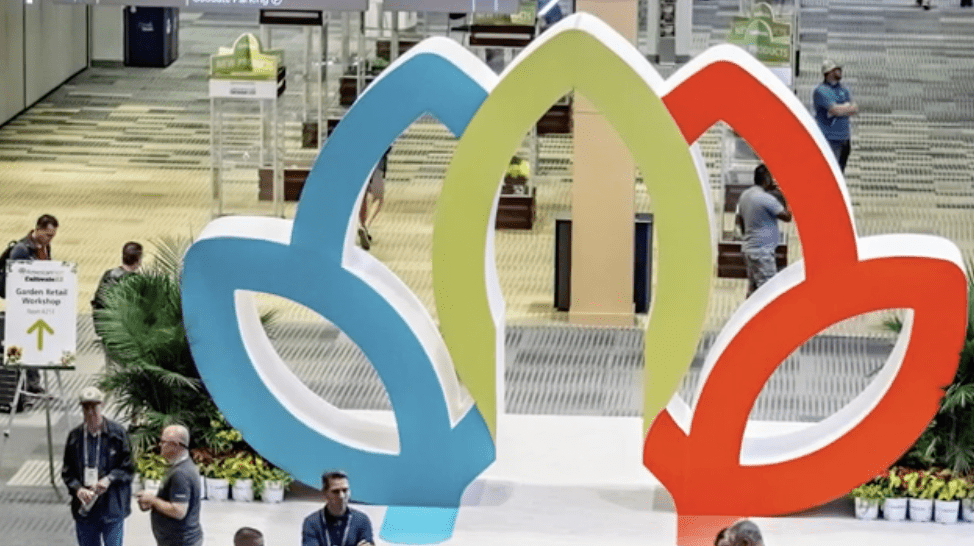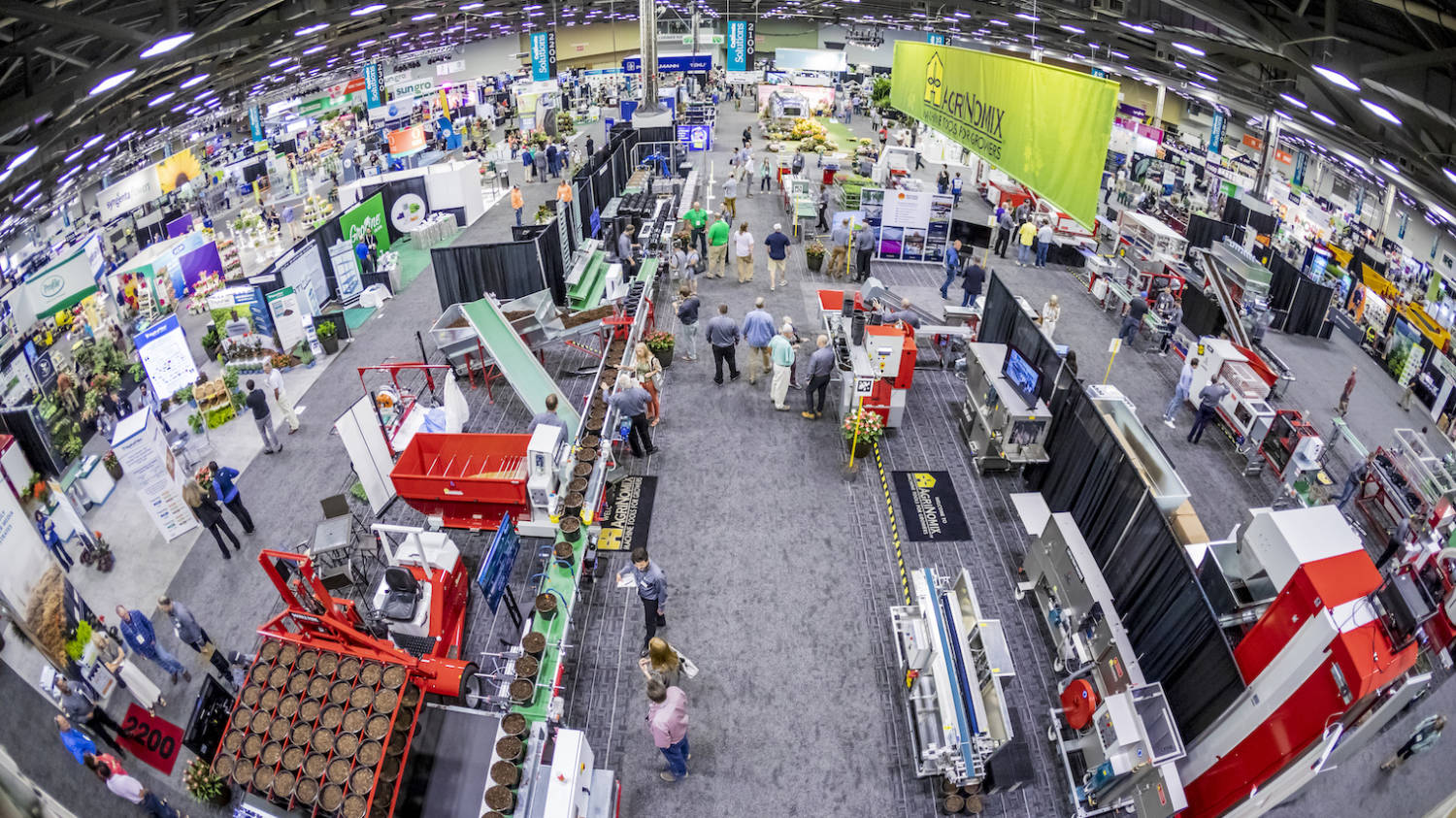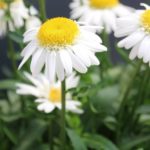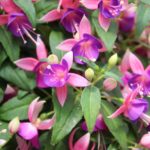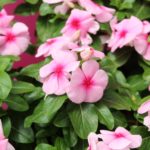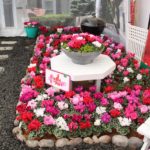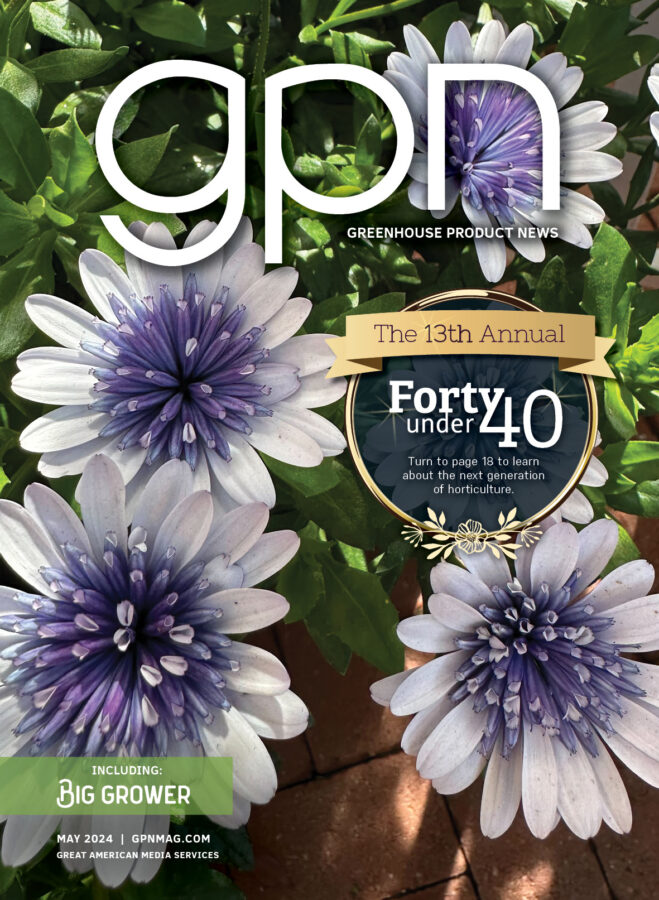Pulmonaria
In the past few years, Terra Nova Nurseries has produced anumber of new pulmonaria, focusing on garden-worthiness combined with the appealof improved leaf contrast, superior flower size and colors, and powdery mildewresistance. Patented varieties are virus indexed and produced from tissueculture.
New flower colors, leaf-shapes and dynamite vigor havehelped to move pulmonaria up the popularity scale. While there is not enoughspace to go over each cultivar, here are a few special ones.
‘Silver Shimmers’ is a low-growing plant with very silver,long leaves and large blue flowers. The undulating edges and patina give thisplant the shimmering look for which it is named.
‘Emerald Isles’ has emerald-green leaves with distinctsilver spotting. Tightly clustered pink flowers (which fade randomly to blue)produce an intense floral display.
‘Trevi Fountain’ has large, silver-spotted leaves withprofuse hefty, dark blue flowers.
Tissue Culture
These patented varieties originate in tissue culture plantedinto 72-cell trays. Plugs are happiest at 65-percent humidity and 65-70° Funtil halfway rooted. They can then begin cool down to 55-60° F. Pulmonarianeed to have cool roots, or they will exhibit heat stress and wilting. Duringproduction, keep soil evenly moist; do not allow soil to dry out betweenwaterings. Due to heavy foliage growth and high water usage, this plant is agood candidate for sub-irrigation. Use a balanced fertilizer withmicronutrients at 150 ppm constant liquid feed. In the landscape, pulmonariacan tolerate a fairly wide range of pH, but in small plugs iron and sulfurdeficiencies can occur above pH 5.8. Plants will not hold in plugs very longbefore exhibiting stress symptoms like chlorosis and wilting.
Transplanting
Plugs should be transplanted directly into porous soil in1-gal. pots with a slow-release fertilizer. We recommend a charge of APEX19-6-12, 6-month microprill formula with minors. Pulmonaria produces thickfleshy roots that quickly outgrow small containers and induce water andnutrient stress. Keep the media moist, but ensure good drainage to avoid rootdamage. Foliage can wilt at temps above 85° F, but this heat stress shouldnot induce the grower to exercise the common reaction of applying more water.Keep the roots as cool as possible, and foliage will perk up again in theevenings. Keeping plants on the ground will assure the coolest root temps.
Although dormancy is not required for greenhouse production,an 8-week cold vernalization will promote optimum flowering and plant size.Transplanting to 1-gal. pots in late summer (August 21st) or in early fall willallow plants to fully root out before the flowering phase begins in latewinter, producing the fullest pot. After flowering is finished, cut back, andthe plants will begin to fill out with leaves.
Pests and Diseases
Powdery mildew susceptibility — once a common problem withpulmonaria — has been the focus of recent breeding efforts. All of TerraNova’s recently introduced varieties are mildew resistant in the PacificNorthwest.
Botrytis can occur on older leaves at soil level under highhumidity conditions. Running a heat/vent dehumidifying cycle, increasing aircirculation and applying fungicides such as Heritage as necessary should keepthis disease under control. Pulmonaria can produce heavy foliage, inhibitingair circulation around the crown, so thinning may be necessary on older plants.
Aphids are a common occurrence in the greenhouse environmentbut are easily controlled with scouting and appropriate pesticide usage.Marathon II is used here for control.
It is possible to encounter root rots such as Pythium andRhizoctonia if the media is not draining well. Addition of perlite or pumice tothe mix will ensure better drainage.
If you use hydrogen peroxide products, keep them away frompulmonaria foliage, as they have shown a phytosensitivity, which causes brownspotting of the leaves.


 Video Library
Video Library 